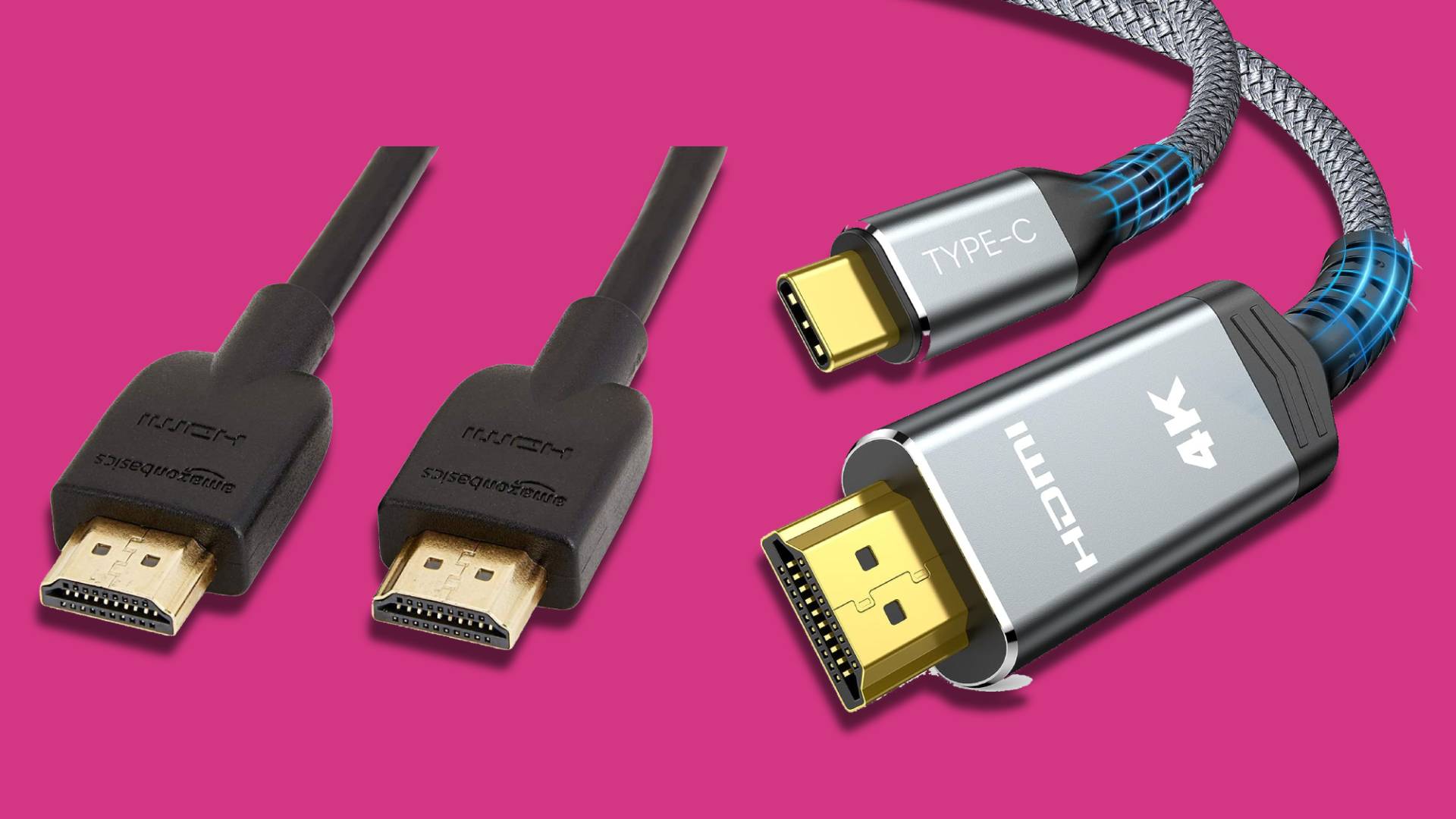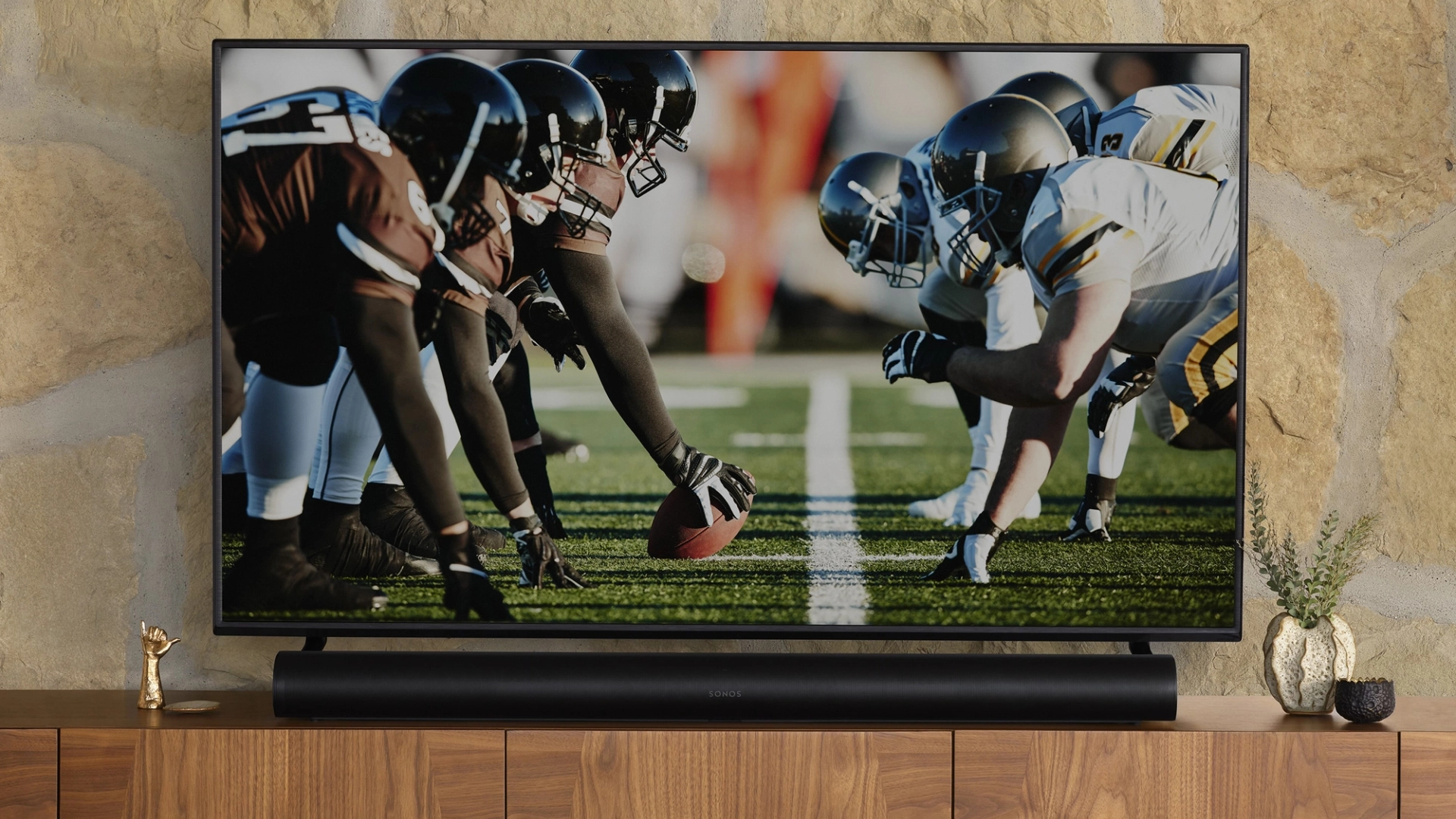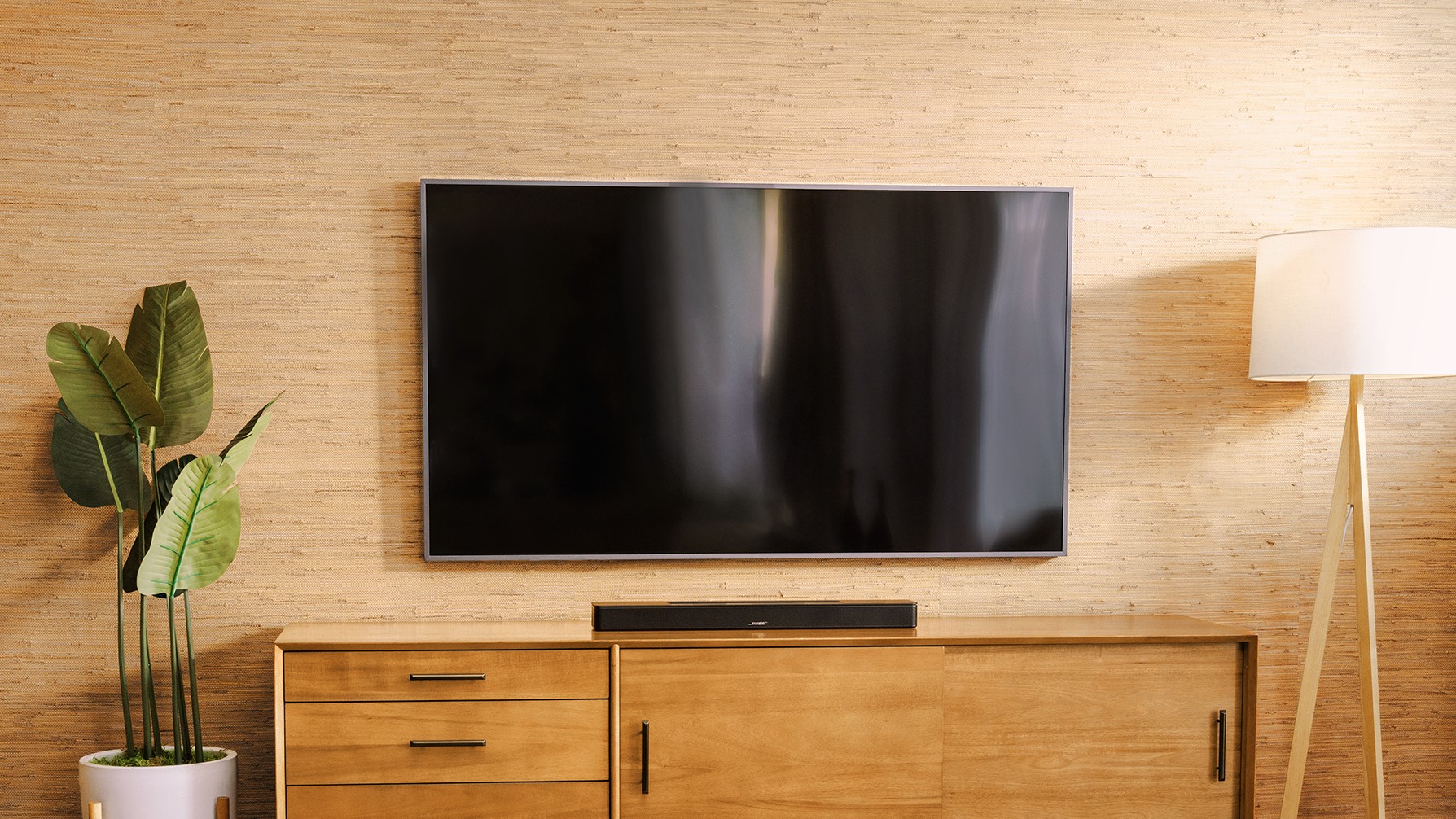HDMI ARC and HDMI eARC: the differences explained
Most modern TVs feature HDMI ARC or eARC connections – we take a look at what they mean

Behind every good home cinema setup, there is an HDMI cable – or so the saying goes (sort of). While HDMI cables might not be the most exciting things in an AV system, it's hard to overstate how essential they are to its proper operation.
Besides iPhone chargers, HDMI, which was introduced in 2002, may well be the most common cable that the world owns, transferring up to 8K video and multichannel audio to the best TVs of any size or type.
Today, we're taking a look at two innovations in the HDMI cable connection standard: HDMI ARC and HDMI eARC.
ARC stands for Audio Return Channel, and eARC stands for Enhanced Audio Return Channel. ARC was introduced as part of the HDMI 1.4b Specification, and allows for the two-way travel of audio data over an HDMI cable to and from a TV. A standard, pre-ARC HDMI port, in contrast, only supports video and audio transmitted from a source device directly to a TV or another type of display.
The biggest practical application of ARC is to have just one cable that connects a smart TV and one of the best soundbars or another external sound system, which would have previously required multiple cables. In 2024, the best TVs across all price ranges will come with HDMI ARC or eARC ports.

How HDMI ARC and eARC differ from regular HDMI ports
As just discussed, HDMI ARC – or Audio Return Channel – offers one huge benefit: as well as receiving audio and video like normal, your TV can send audio back over the same HDMI cable. That means audio from the TV’s built-in streaming apps like Netflix, as well as source devices connected to the TV via its other HDMI ports such as a gaming console or one of the best 4K Blu-ray players, can be routed to an external speaker system like a soundbar or AV receiver.
The result: fewer cables (or even just one cable connecting the TV and a soundbar) in your home theatre setup.
Get daily insight, inspiration and deals in your inbox
Sign up for breaking news, reviews, opinion, top tech deals, and more.

The difference between HDMI ARC and HDMI eARC
So, what's the new thing that the "e" in eARC introduces? What does "enhanced" mean for an HDMI connection?
The answer is that eARC, introduced as part of the HDMI 2.1 standard, brings several important improvements, most notably in the quality and type of audio formats it can handle.
While HDMI ARC is limited to compressed audio formats like Dolby Digital, Dolby Digital Plus, and DTS, HDMI eARC is a significantly higher-bandwidth connection that allows for the transmission of lossless, high-quality audio, including Dolby Atmos and DTS:X, providing a richer and more immersive listening experience.
Briefly, Dolby Atmos – a technology you might have seen more and more about in recent years – adds a 3D element to surround sound by producing sounds above the listener, as well as sounds that come from front and behind in a traditional 5.1 or 7.1 setup.
Given that you're reading this article, we imagine you care about these somewhat small details, so eARC is definitely a benefit if you want to harness the full power of your home theatre rig.

TV and cable requirements
Let's get into the nuts and bolts. In terms of TVs, HDMI ARC is supported on most modern models, but only one HDMI port is typically designated as ARC-compatible. If you're using a soundbar or AV receiver, you'll need to make a connection from its ARC port to the ARC port on your TV. For eARC, you’ll need a TV with an HDMI 2.1 port, which is found on newer models.
For making ARC connections, a high-speed HDMI cable is recommended. For eARC, both a standard HDMI Cable with Ethernet and a high-speed HDMI Cable with Ethernet will work, according to HDMI Licensing.
Even though many existing high-speed HDMI cables will work fine with both connection types, ultra-high-speed HDMI cables offer more robust performance for higher bandwidth needs, such as 8K and 4K 120Hz video and uncompressed Dolby Atmos audio.

So do I need HDMI ARC or eARC?
Good question!
The answer is most probably yes, given the upsides of two-way audio transfers, better audio quality, and generally keeping up with technological trends.
Of course, if your current AV setup is working, and you're happy with it, ripping everything apart to fit in a new ultra-high speed HDMIcable probably doesn't make sense. But for your next TV purchase, definitely keep these standards in mind.
The convenience of only having to run a single cable from your smart TV to your soundbar makes the dream of a "cable-less" setup from a viewer's perspective much easier than it was before.
You might also like...
- The best HDMI cables for 4K and HDTVs
- Sonos Arc Ultra soundbar: all the rumored price, features and leaked images info, with our analysis
- The best 85-inch TVs: huge 4K and 8K TVs worth buying
Max Slater-Robins has been writing about technology for nearly a decade at various outlets, covering the rise of the technology giants, trends in enterprise and SaaS companies, and much more besides. Originally from Suffolk, he currently lives in London and likes a good night out and walks in the countryside.